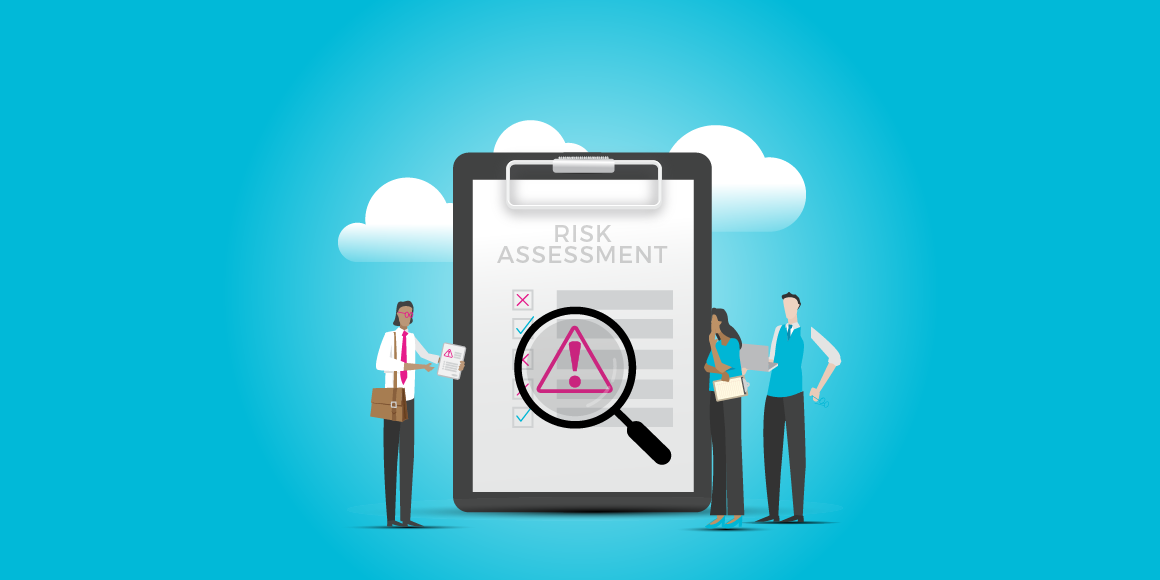When your business is evaluating a new tool or vendor, it’s never just about features or price. It’s about finding a solution that aligns with your goals, delivers ROI, and—critically—meets your organization’s security, privacy, and compliance requirements.
When it comes to buying in B2B, one wrong move can have serious consequences. A single oversight in the vetting process can open the door to data breaches, regulatory penalties, or reputational damage.
So, before you get to the final “yes,” you’ll need to answer questions like:
- Does this tool support our business goals?
- What’s the expected ROI?
- And — maybe most importantly — does it meet all our compliance requirements?
If the answer to that last one is no, there’s no chance it’s making it into your tech stack. And worse than a rejected tool is one that gets greenlit without proper vetting. That kind of oversight can lead to serious issues — from data breaches and privacy violations to regulatory trouble.
To help you avoid costly oversights, we’re covering:
- What third-party risk really looks like — and why you’re on the hook for your vendors’ security gaps
- How the Governance, Risk, and Compliance (GRC) framework supports smarter vendor decisions — aligning governance, risk management, and compliance
- Best practices for evaluating and managing third-party risk — from onboarding to ongoing monitoring
Let’s dive in!
Getting Real About Third-Party Risk
Anytime you bring in an outside vendor, you’re not just adopting their solution, you’re also inheriting their risks.
If they have lax security practices, poor data handling, or a spotty compliance record, that’s now your problem too. And in the eyes of regulators or your customers, there’s no distinction.
That’s why it’s so important to evaluate third-party vendors with a critical eye. It’s not enough to look at price or feature lists — you need a clear process that helps you spot red flags early and avoid headaches down the road.
According to Gartner®: “our survey results indicate organizations that clearly delineate roles and responsibilities within TPRM activities observe significant improvements in stakeholder satisfaction in fulfilling TPRM activities.” (Gartner, 5 Key Insights for Third-Party Risk Management Design and Governance, Matt Cantrell, October 1, 2024). And it makes sense — when everyone knows their role, nothing falls through the cracks.
What is GRC, and Why Should You Care?
Governance, Risk, and Compliance (GRC, for short) is a framework that helps organizations make smarter decisions, minimize risk, and stay on the right side of regulations. Think of it as the structure that keeps everything aligned, from internal policies to external vendor relationships.
Here’s how it breaks down:
- Governance sets the rules. It’s about who’s responsible for what, and how those responsibilities support your broader goals.
- Risk Management is all about identifying and dealing with potential threats before they cause trouble — whether it’s an operational hiccup or a compliance nightmare.
- Compliance ensures you're meeting legal, regulatory, and internal standards — because no one wants to deal with fines, penalties, or bad press.
When these three areas work together, you get a clear, coordinated approach that supports better business decisions and keeps risk in check.
Best Practices for Third Party Risk Management
Putting GRC into action doesn’t have to be complicated. Here are a few ways to level up your third-party risk management approach:
- Delineate roles and responsibilities. Who’s handling initial assessments? Who reviews compliance docs or contracts? Clarifying these responsibilities upfront helps speed up decision-making and ensures everyone’s working from the same playbook.
- Use streamlined due diligence questionnaires. Long, clunky questionnaires often lead to delays and incomplete answers. Streamlined, well-structured questionnaires make it easier to identify potential risks early — and address them before they cause real damage. (OneTrust and Loopio are good places to start.)
- Don’t stop after onboarding. Ongoing monitoring is where many organizations drop the ball. A vendor may look great on day one, but things can change fast. Regular check-ins, risk reviews, or automated alerts can help you stay ahead of issues as they arise. Re-validation at contract renewal is typical, based on risk posture and data type processed every 12, 18, and 24 months.
- Invest in the right tools. Technology solutions can make this process way more efficient — from automating risk scoring to flagging potential issues in real time. The right platform also gives you a centralized view of your vendor ecosystem, which is a major win for visibility and accountability. Tools are crucial for reviewing accuracy and positioning. An outdated library is a risk!
- Share information effectively. Risk data doesn’t help much if it lives in a silo. Make sure stakeholders understand what the data means and how it impacts their decisions — whether it’s procurement, legal, IT, or finance. When everyone’s aligned, risk mitigation becomes a shared effort.
Pro-Tip: Don’t Overlook Security, Privacy, and Cyber Risk
Security and privacy should never be afterthoughts. When you’re evaluating vendors, make sure these areas are part of your process:
- Cybersecurity: Work with IT to assess any cyber risks related to the product or service. Look for basics like strong authentication protocols, phishing prevention measures, and incident response readiness.
- Privacy: If you’re sharing sensitive data, you need to know how it’s being handled. Ask for audit reports, check for certifications, and make sure their practices align with your own privacy policies and any applicable laws.
- Data security: Review contracts carefully to ensure vendors are committed to secure data storage, transfer, and access. Look for clear standards and accountability built into the agreement.
The Bottom Line
Third-party tools can unlock major business value — but only if they’re vetted and managed with care. By applying a structured GRC framework and embracing best practices, you’ll reduce your exposure to risk, boost stakeholder confidence, and keep your business running securely and compliantly.




